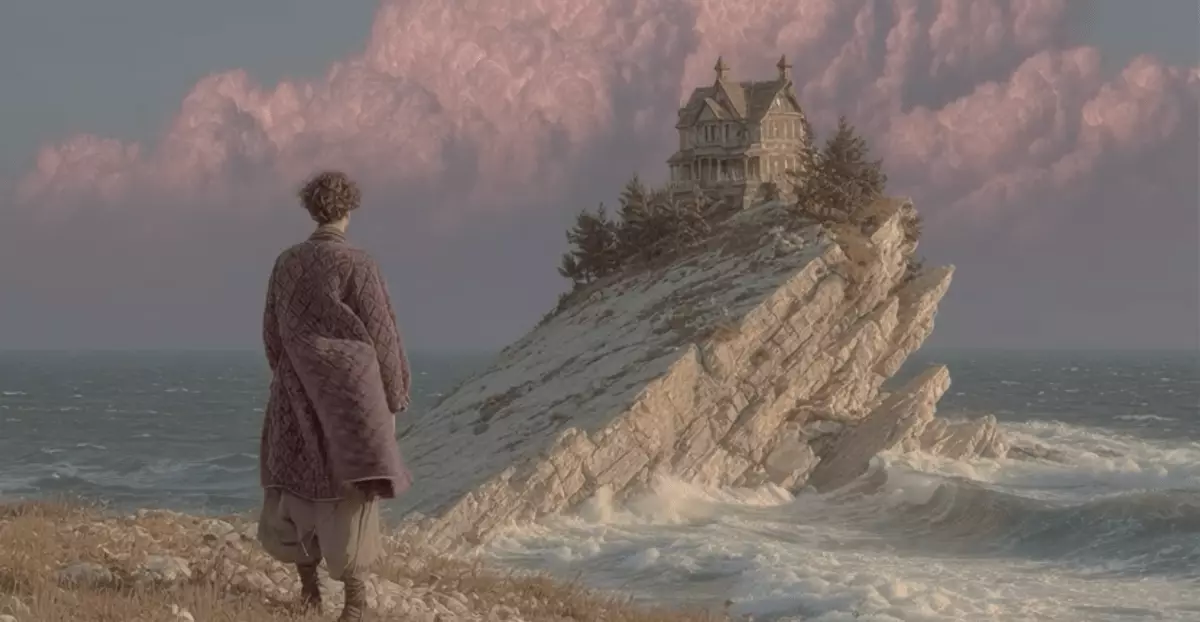Midjourney’s recent unveiling of its AI video generation model marks a significant turning point in the intersection of technology and creativity. With its capability to animate user-uploaded images or artwork created directly on the platform, it positions itself not merely as another tool but as a catalyst for artistic expression. Until now, the realm of animation was tethered to complex software and extensive know-how, but this tool invites even novice creators to step into the world of animated storytelling.
The ease of use is striking; after generating an image, users are greeted with an “animate” button, a simple yet powerful feature that encapsulates Midjourney’s ethos of accessibility. This design choice signals a larger trend in tech, where tools become more user-friendly and intuitive. It demystifies animation, allowing users to generate five-second clips using basic prompts. While some might argue that such simplicity limits creativity, I find it opens doors for imaginative exploration, enabling a broader audience to harness the power of digital animation without being ensnared by technical jargon.
Empowering Creative Control
In a further embodiment of its user-centric approach, Midjourney includes manual settings that allow users to articulate the desired motion dynamics. The flexibility to choose between high and low motion settings is revolutionary; it means that the user isn’t just a passive participant in the animation process. Instead, they become a co-creator, sculpting their vision according to personal preferences. By extending animations up to 21 seconds, the model offers users a canvas to play with, fostering an environment of experimentation that is essential in any creative pursuit.
However, the business model behind this revolutionary tool raises some eyebrows. Subscriptions start at $10 per month, with the potential for video tasks costing up to eight times more than image generations. While value can often be perceived as subjective, one wonders whether this pricing strategy is designed to maximize profit at the expense of artistic exploration. The tension between making art accessible and monetizing creativity is palpable, and it leaves room for debate about the true cost of innovation in the creative sector.
Legal Clouds: The Ethics of AI-Generated Content
The enthusiasm surrounding Midjourney’s launch is overshadowed by serious legal implications, particularly concerning copyright laws. Facing lawsuits from industry giants like Disney and Universal, the stakes have been raised dramatically. These companies argue that the model could potentially infringe on existing copyrights, suggesting that by digesting vast quantities of existing media, Midjourney might inadvertently allow for the unchecked proliferation of protected works.
This raises crucial ethical questions about the implications of AI training. If machines can learn from existing content, to what extent can they create original works? There’s a slippery slope when differentiating inspiration from replication, and as AI continues to evolve, lawmakers and creators are left grappling with gray areas that blur the lines of originality.
Future Horizons and Industry Competition
Midjourney’s founder, David Holz, notes that this initial iteration of the video generator is just a stepping stone toward developing models capable of real-time open-world simulations. This visionary ambition not only hints at the untapped potential of AI but also underscores the competitive landscape in which companies like Google, OpenAI, and Meta are actively engaged. Each of these entities is working on their own AI video solutions, indicating that the race for supremacy in AI-generated content is heating up.
The stakes are high, but the implications for creators, marketers, and everyday users alike are staggering. From livestreaming art creation to generating custom animations for businesses, we are on the cusp of a new era marked by unprecedented levels of interactivity and personalization. Midjourney’s video generation tool may be just the beginning of an expansive frontier where imagination has no limits.
The Shifting Paradigm of Creativity
As we reflect on the trajectory of tools like Midjourney’s video generator, it becomes clear that we are not only witnessing technological advancement; we are moving toward a redefinition of creativity itself. The alignment of AI with artistry could democratize creative expression, all while demanding accountability in the IP landscape. The balance between harnessing innovative tools and respecting original creators’ rights will inevitably shape the dialogue surrounding the future of art and technology. As we embrace these changes, excitement mingles with caution, but one thing remains certain: the creative world is set to change in ways we are just beginning to comprehend.

